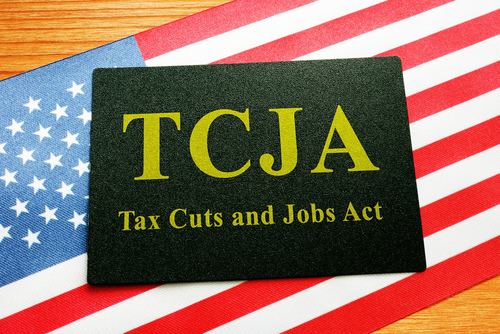U.S. Rep. Vern Buchanan (R-FL) introduced a bill in the House that would make the tax cuts in the Tax Cuts and Jobs Act (TCJA) of 2017 permanent.

His bill, the TCJA Permanency Act (H.R.8913), would lower tax rates at every income level and preserve the 20 percent deduction for small businesses. It would also maintain the higher standard deduction and lock in the doubled child tax credit. In addition, it seeks to simplify the tax filing process, among other provisions.
Buchanan, a member of the House Ways and Means Committee, pointed out that 23 different provisions of the 2017 tax law will expire after 2025.
“In 2017, Republicans delivered the most comprehensive overhaul of the U.S. tax code in more than three decades and achieved historic economic growth,” Buchanan said. “Under the leadership of Leader Brady, we delivered historic tax relief to low and middle-income families and small businesses across all income levels. With Americans continuing to suffer under the weight of record-high inflation and an uncertain economic future, we need to provide some much-needed relief and certainty to hardworking families and ensure these tax cuts do not expire.”
The bill was cosponsored by Rep. Kevin Brady (R-TX), ranking member of the House Ways and Means Committee.
“Unlike the cruel economy of President Biden, under the modernized Republican tax code of 2017 America’s economy was growing, paychecks were rising twice as fast as inflation, jobs were coming back from overseas, millions of Americans were lifted out of poverty, and communities enjoyed record business investment here in America. Making the historic Tax Cuts and Jobs Act permanent will lock in low taxes for families and small businesses struggling with record inflation and create certainty for the pro-growth provisions that leapfrogged America to the most competitive economy in the world,” Brady said.
The nonpartisan Congressional Budget Office said the TCJA reduced federal tax rates for families across every income level and increased the share of taxes paid by the top 1 percent of American households.